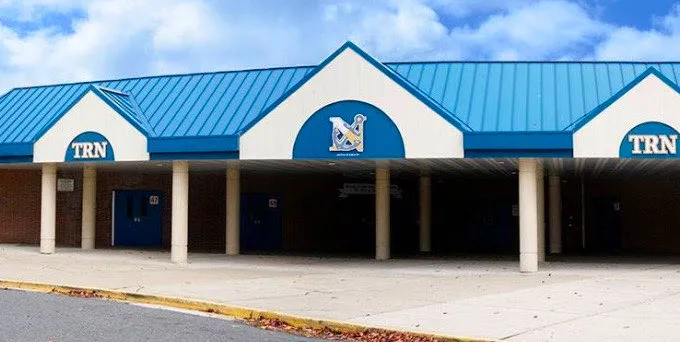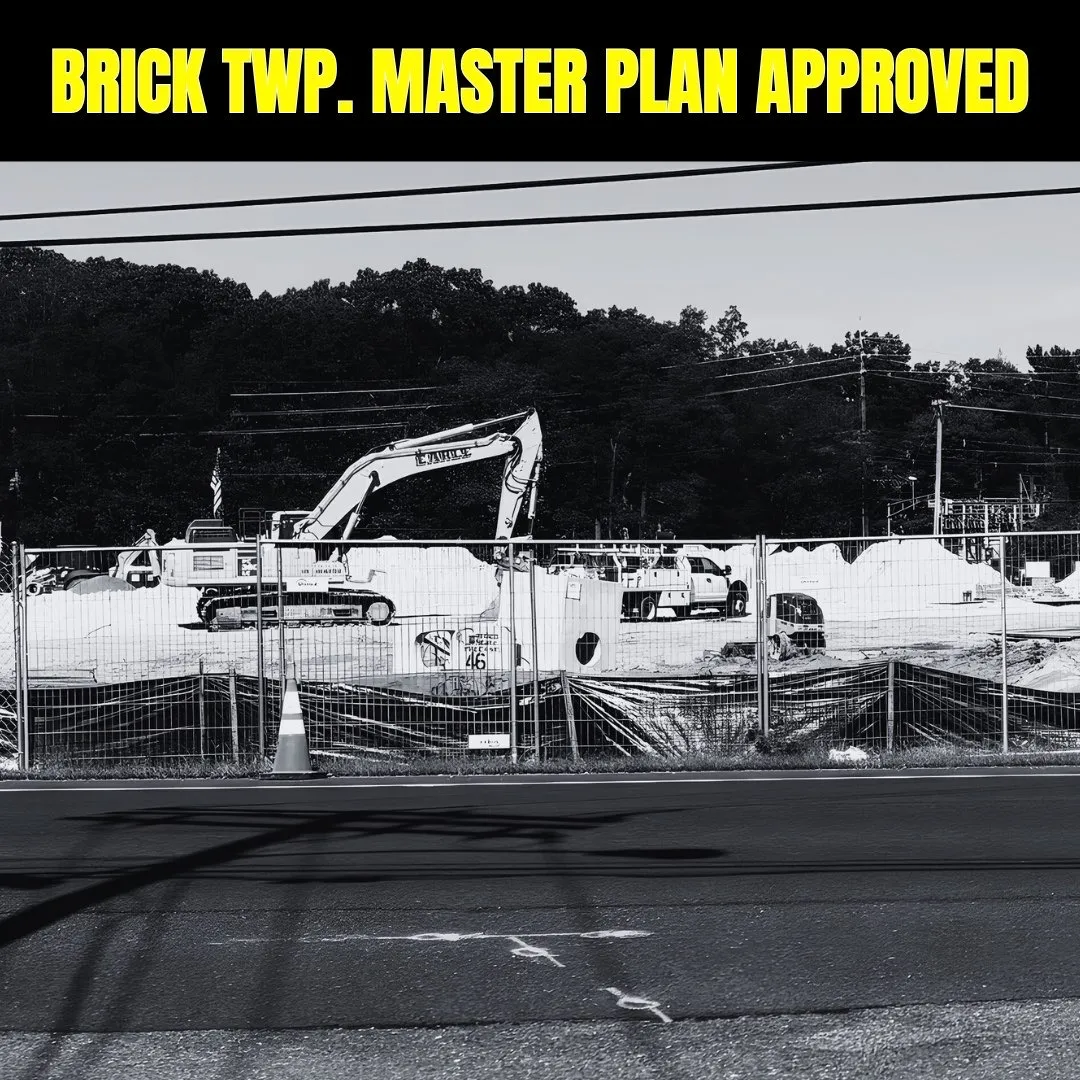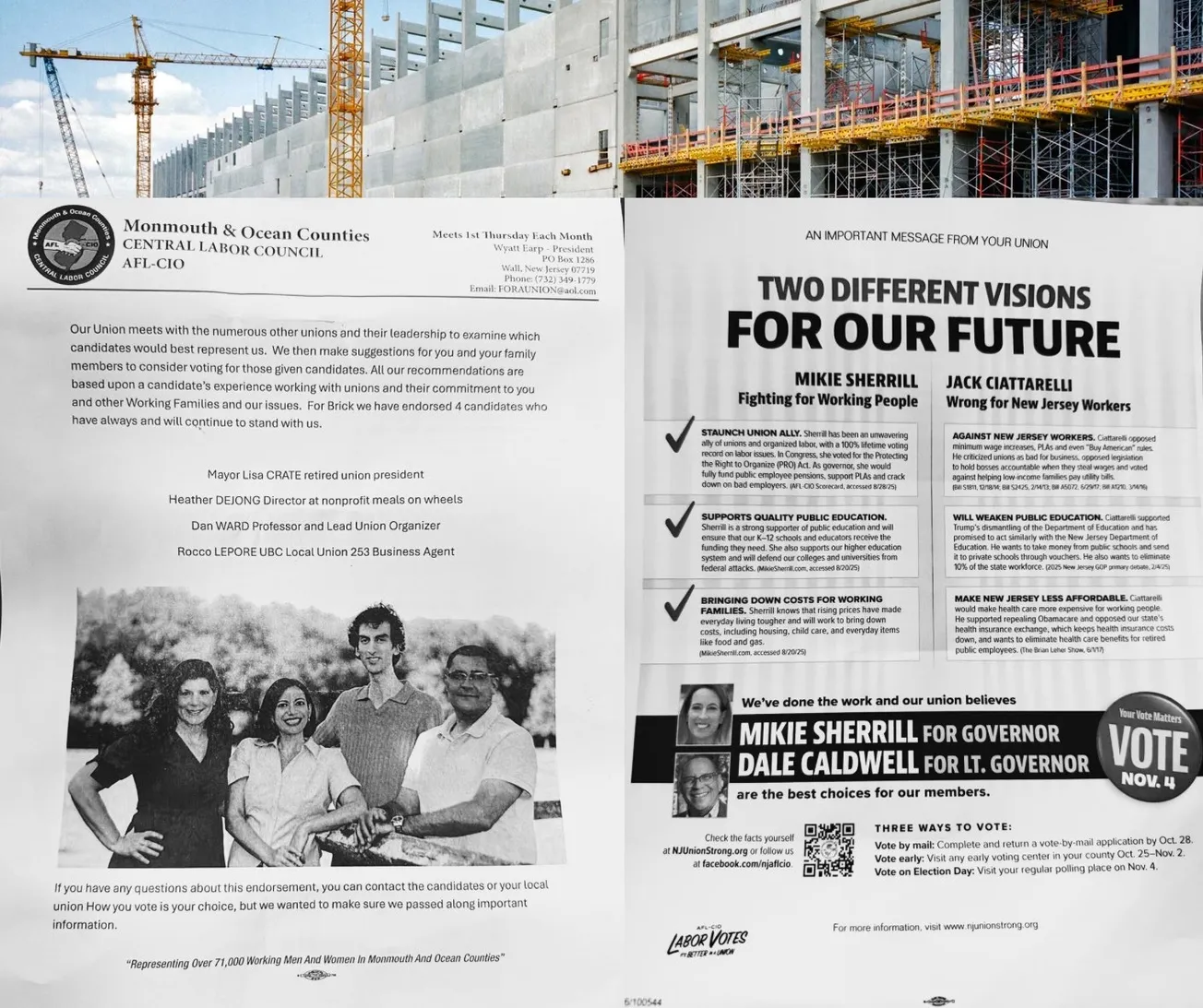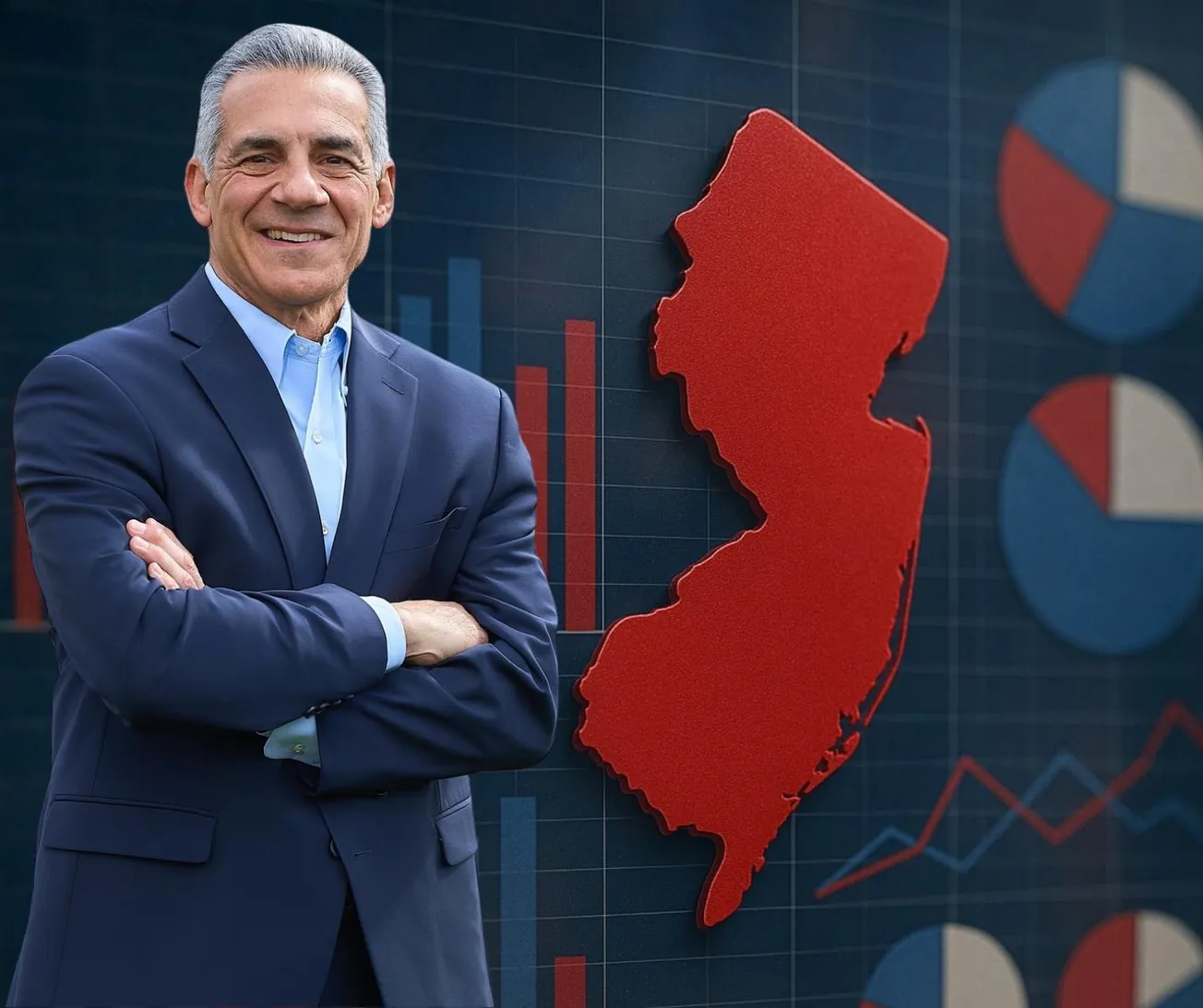After consecutive years of mounting state aid reductions, the Toms River Regional School District is grappling with a financial crisis, intensified by controversial state interventions that forced a 12.9% annual tax hike for the 2025-2026 school year. This comes on the heels of a 9.9% increase from the previous school year. While other districts in New Jersey, notably large urban ones, are seeing major funding boosts, Toms River faces an ever-widening gap between community needs and available resources.
Years of School Aid Losses Compound
Since 2018, Toms River has lost over $100 million dollars in cumulative state aid, placing it among the hardest-hit districts under New Jersey’s S2 funding formula overhaul. This formula has instead led to deep cuts in suburban districts like Toms River and over 100 others across the state. In response, the district has:
- Eliminated more than 250 staff positions, including teachers and support staff.
- Increased student-to-teacher ratios and drastically reduced supply budgets.
- Sold district assets such as buildings to plug budget shortfalls.
- Raised local taxes by 22% in the last two school years as directed by state authorities despite vocal objections from both community members and the Board of Education.
School Board and Community Outrage
The latest blow—a double-digit property tax hike imposed for the 2025-26 school year—has provoked a strong response from both the community and district leaders. School board President Ashley Lamb sharply criticized the increase, highlighting the burden it places on local residents:
“This is unconscionable, especially when the state’s own flawed funding formula has created this crisis by underfunding our district by $107 million. This board has a fiduciary duty to our taxpayers and will not subject them to punitive tax increases created by the state’s funding failures.”
When the Board of Education refused to endorse a budget mandating such a tax hike, the New Jersey Department of Education intervened, approving the spending plan and property tax increase unilaterally. The Board contemplated drastic options including Chapter 9 bankruptcy as a last resort, however the state rejected that plan.
Urban Districts Receive Significant Gains
The financial woes in Toms River come at a time when the state is prioritizing large urban districts for funding. For 2025-26, Newark received a 6% increase—the maximum allowable under current law—bringing its total state funding to $1,328,372,062, an increase of $75,064,787 from the previous year. In total, 68% of New Jersey districts will see state aid increases, while districts like Toms River face reductions.
A Community at a Crossroads
Governor Phil Murphy proudly boasted that New Jersey schools were fully funded in his last address for 2026 budget, but the state has done so on the backs of many seniors on fixed incomes and struggling families in Toms River.
Leaders and residents continue to challenge the state’s funding model, arguing it leaves suburban and shore communities in increasingly untenable positions. Despite deep cuts and rising taxes, the district’s ability to serve its more than 14,500 students remains under threat. The outcome of ongoing legislative and legal challenges may determine whether Toms River—and districts in similar circumstances—can maintain vital educational programs in the years ahead.






